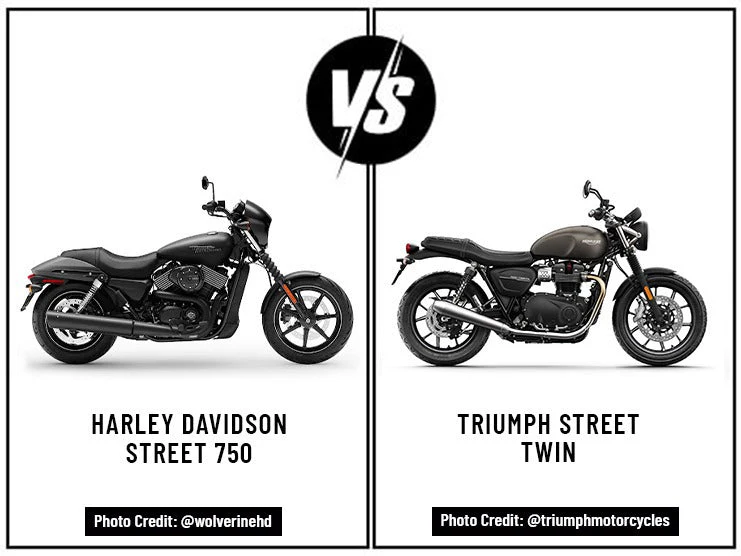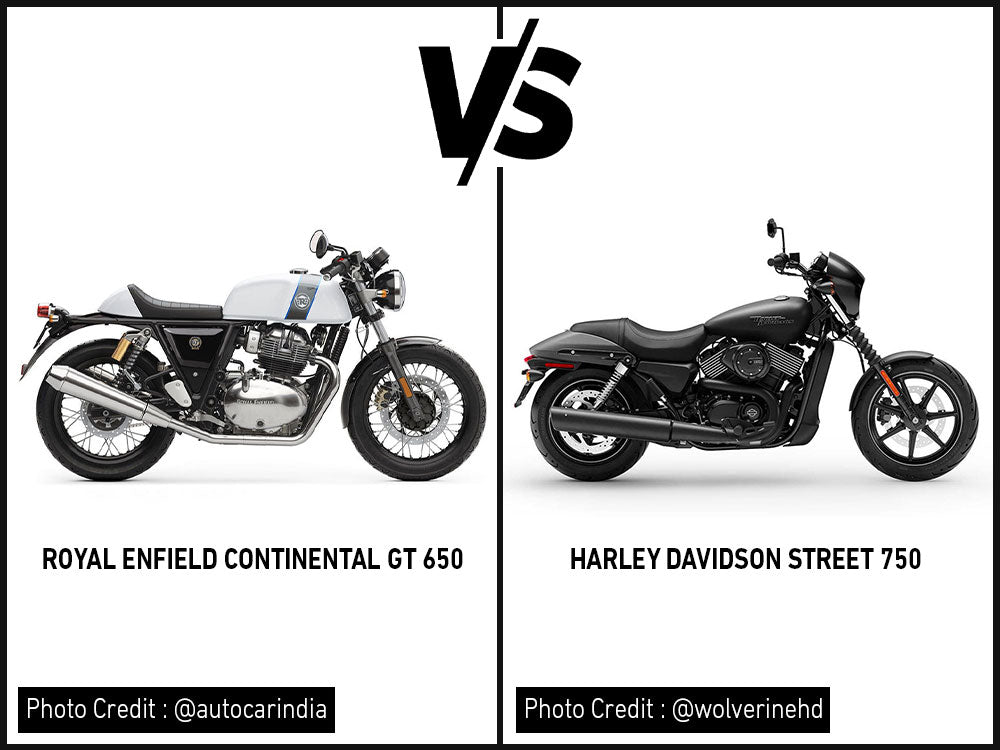Table of Content
There are a few common issues that come to our minds while thinking about motorcycle safety. You may increase your safety by following the proper traffic rules and wearing a helmet. The condition of your ear is something that is frequently ignored, particularly if you ride a motorcycle regularly. Motorcycle riders’ hearing can be damaged just like it does with other noisy hobbies if the right measures are not taken. Even the experienced riders might not have given this much attention, but it’s a wise decision to take care of your hearing health.
The purpose of motorcycle earplugs is to protect your hearing when riding a motorcycle. They are an essential piece of gear that can lower your chance of hearing loss while also keeping you alert to your surroundings.
A few things jump to mind when we think about motorcycles; the broad road, speed, power, and last but not least, loud noise. Everyone who has ever driven a motorcycle for long periods of time can relate to how noisy they are. Being a motorcycle rider entails dealing with a loud noise, but it doesn’t have to cause discomfort or permanent hearing loss.
1. Your Hearing and Decibel Scale
If you’ve heard of the decibel scale, it’s generally in reference to very loud things like rock concerts or very quiet things like dishwashing sounds. The decibel scale can be used to measure all noises, so understanding how it functions can help you better understand how riding a motorcycle may affect your hearing.
When you compare a sound that is 10 decibels to the absolute silence of 0dB, the difference in the intensity is ten times greater since the decibel scale measures sound in an exponential manner. The sound becomes 100 times more powerful than silence with each additional 10 dB, not 20 as you might expect. In accordance with this logarithmic scale, 30 decibels is 1000 times louder.
How can you tell whether a sound is loud enough to harm your hearing if all the noises are assessed using this scale? According to the experts, exposure to noise at 85 decibels for eight hours can damage your hearing and result in irreversible loss. This assessment is predicated on the notion that you are close to the sound’s origin, which is the case when you are riding a motorcycle.
1.1 How Loud is Motorcycle Noise?
Your hearing can be damaged by 85 decibels over eight hours, but if your normal ride is significantly louder, the damage will happen much faster. The level of noise on your motorcycle ride depends on a number of things.
Even if it can be a quieter model, your motorcycle itself makes a significant contribution to the sound level. The sound of the wind moving quickly should also be taken into account. The sound the wind makes increases in volume as you move faster.
The combination of motorcycle noise and wind-rushing sound certainly keeps the decibel level higher than the 85 dB required to induce hearing damage, even if you ride for a lot less time than eight hours. Due to exponential dB factors, even a combined level of 100 dB may be problematic in a short amount of time.
Ear protection is necessary at gun ranges and near loud fireworks because sounds exceeding 140 dB have the potential to inflict instant hearing damage.
2. Why Should Riders Wear Ear Plugs?
It is concerning how many motorcycle riders do not use earplugs. Discomfort imposed by hearing impairment leads to negativity and hostility, as well as exhaustion, tension, stress, and depression. Worst of all, it could cause hearing loss.
Unfortunately, hearing loss worsens over time. It won't be apparent to the sufferer until it's too late. Tinnitus, a persistent ringing in the ears that is typically irreversible, is one sign.
The workplace safety regulator states that during an eight-hour workday, employees shouldn't be exposed to sound levels higher than 85 dB. Additionally, according to NIOSH, 15 minutes of exposure to 100 dB is sufficient to cause hearing impairment.
Consider wearing earplugs while riding as they protect your hearing and make your ride more comfortable. Here’s why you should wear earplugs:
2.1 Ear Plugs Protect Your Hearing
The National Institute for Occupational Safety and Health warns that noise levels over 85 dB can cause hearing loss and impairment. The dangers increase with noise volume. It just takes 15 minutes of exposure to noise at 100 decibels for your ears to get damaged.
Your motorcycle probably idles around 90 to 100 dB, and as you crank the engine, it gets considerably louder, depending on what model it is. Although the motorcycle's noise level is undoubtedly an issue, the impact of wind noise is a far greater issue. Even at just 25 mph, wind volume might already be louder than your motorcycle, and it will become louder as you go faster.
Unfortunately, the great majority of motorcycle helmets are not built to protect your hearing, despite the fact that they appear as they would. Although a helmet could lessen wind noise, the difference isn't significant enough. The sound of the wind inside a full-shell helmet may be as loud as a chainsaw even when the user is wearing one.
Good motorcycle earplugs do not block important sounds, they filter out wind noise. You can still hear vehicle horns or sirens from a raging ambulance. As a result, the chances that an ambulance arrives are greater because it is not surpassed by 100 decibels of wind noise.
2.2 Ear Plugs Help You Hear Better
One of the main objections to using earplugs while riding is that some people worry they won’t be able to hear important voices like horns or sirens. No earplug can fully stop sound from entering your ear, but it can lessen the loudness at which you hear things. Simple sound pressure reduction is all that the ear plugs provide to allow for safer and more pleasant hearing. Road sounds will still be audible to you. You might even be shocked to learn that you can hear them even more clearly than before.
Temporary Threshold Shift (TTS) is a situation when the body temporarily loses its ability to hear as a result of repeated exposure to loud noises, such as the persistent wind while riding a bike. The noises you actually need to hear get tougher for you to hear as a result. However, the proper earplugs can lessen the strain brought on by wind noise, enabling you to still hear those crucial low-frequency noises while riding. You'll probably experience far less ear fatigue when you initially start wearing earplugs.
3. How Ear Plugs Increase Your Safety?
Our ears are not designed to handle the sounds of 100 dB. Because of this, you don't hear anything when the wind hits your helmet. Good motorcycle earplugs filter out wind noise rather than blocking critical noises. You can still hear blaring ambulance sirens and vehicle horns. The likelihood that you will hear the ambulance come is therefore higher because there isn't 100 dB of wind noise to block it out.
This is why using good earplugs doesn't lessen rider safety; rather, it increases it. Just make sure you choose the appropriate earplugs and avoid purchasing those made of cheap foam.
Additionally, using earplugs makes riding the motorcycle less exhausting. Accidents are more likely to occur when you're fatigued. Hearing protection when riding a bike also improves safety in that regard.
4. Is the Risk of Developing Tinnitus Higher in Motorcycle Riders?
Ringing in one or both ears due to exposure to loud sounds is called tinnitus. It can be temporary or permanent. Sadly, the rate of tinnitus is higher in motorcyclists than in those who don’t ride.
According to the British Tinnitus Association (BTA), one out of eight people in the UK suffers from permanent tinnitus. Auritech, hearing protection specialists conducted research that shows that almost half of British motorcycle riders are at risk of developing serious tinnitus and permanently damaging their hearing.
5. Types of Ear Plugs for Motorcycle Riders
There are four different kinds of earplugs, each with distinct benefits.
5.1 Foam Earplugs
Foam earplugs are relatively affordable and utilized in a variety of fields. Typically, they cost between 10 and 30 cents each, and you frequently see construction and factory employees donning them.
It's not a great thing to ride a motorcycle while wearing foam earplugs. Passengers might be able to wear them, but the driver shouldn't.
They effectively block the noise, thus that is not the issue. They completely block all sound, which is a concern. Likewise, the sound of a rushing ambulance or an automobile honking. It's similar to motorcycling while wearing blinders. Don't do that at all!
5.2 Wax Earplugs
Although wax earplugs are quite effective at suppressing noise, they have the same issue as foam earplugs. They muffle every sound, which doesn't increase safety.
Hygiene is also another drawback of wax earplugs. It's not ideal to put them in and take them out with unwashed hands since dirt adheres to them. So, these are also not recommended for motorcycle riders.
5.3 Special Motorcycle Earplugs
You may find specific motorcycle earplugs on the market if you do a search for earplugs. The earplugs have a filter inside and are open in the center. Theoretically, this blocks wind noise while allowing outside noise to get through. As a result, you will be able to hear the automobile honking without becoming fatigued or feeling the wind against your helmet.
This is the most economical choice. They typically cost between $10 and $30.
5.4 Custom-Made Earplugs
Custom-made earplugs are also available in the market which is another good option. For this you go to an earplugs shop, they put some wax in your ear to get a mold and then customize your earplugs.
If standard earplugs don't suit you or cause irritation in your ears, you can go for custom-made earplugs. Custom earplugs come in varieties of types, some are completely closed and some have filters. Make sure to get one that is specifically designed with a motorcycle filter.
6. Last Words
Motorcyclists have to face wind noise and traffic noise on the road which may lead to severe hearing damage. Earplugs can effectively reduce the noise level you face while riding a motorcycle. Be wise when choosing an earplug, get one specifically designed for motorcycle riding. The ordinary, all-purpose ear plugs can also help reduce the noise but also muffle the important voices like horns and sirens. You can also improve the motorcycle's appearance by installing a few parts including saddlebags, fairings, crash bars, and handlebars.













Leave a comment
All comments are moderated before being published.
This site is protected by hCaptcha and the hCaptcha Privacy Policy and Terms of Service apply.